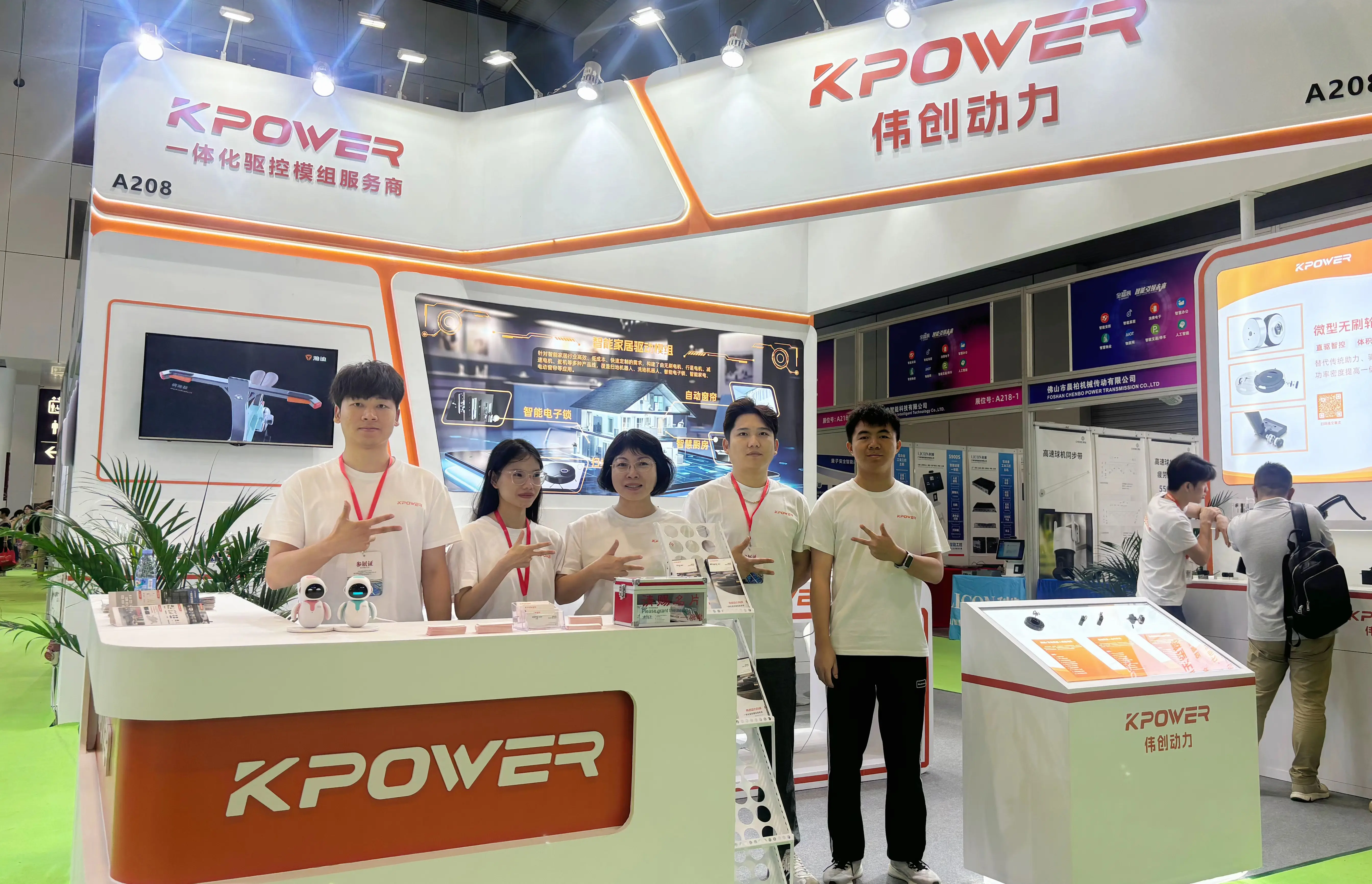Certainly! Here is the first part of the soft article on "SG90 Servo Motor Voltage." I'll begin with the title, description, keywords, and then the detailed part 1. Once that's done, I will proceed with part 2 in the following message.

part 1:
Unlocking Precision: A Deep Dive into SG90 Servo Motor Voltage
If you’ve dipped your toes into robotics, automation, or DIY electronics, the name SG90 servo motor probably rings a bell. Compact, affordable, and surprisingly versatile, this tiny servo has become a staple in countless projects — from robotic arms to remote-controlled aircraft. But behind its small size lies a crucial factor that dictates its performance: voltage.
Understanding the power requirements of your SG90 servo isn’t just a matter of plugging it into a power source. It’s about unlocking its potential while safeguarding its longevity. To start, let’s explore what makes the SG90 servo special and how voltage plays a pivotal role in its operation.
What Exactly Is an SG90 Servo Motor?
The SG90 is a micro servo motor, a miniature device designed to control angular position precisely. It’s powered by a small DC motor integrated with a gear train and controlled via pulse-width modulation (PWM) signals. When you send a PWM signal to the servo, it interprets that as an instruction to move its shaft to a particular position.
Some of the main attractions of the SG90 include its lightweight build, ease of use, and affordability. Its compact design makes it suitable for tight spaces and lightweight projects. But its size also means it has specific power constraints.
Voltage and its Importance
The voltage supplied to a servo motor directly impacts how well it performs. Too low, and the servo may struggle to reach its intended position or jitter unpredictably. Too high, and the motor or internal electronics risk damage — or at least, reduced lifespan.
The SG90 is generally rated for a voltage range between 4.8V to 6V. Under ideal conditions, the servo performs consistently within this window, delivering controlled, precise movements. Let’s break down what happens at different points within this voltage spectrum:
At 4.8V: This is the lower limit of the recommended voltage. The servo will operate, but it might not have full torque or speed. Movements could be slightly sluggish compared to higher voltages, and there might be more jitter if the load is substantial.
At 5V: You’re close to the nominal voltage for most hobbyist applications. The servo performs reliably, with optimal balance between power consumption and torque. Many hobbyists power their SG90s directly from Arduino or similar microcontroller boards at 5V.
At 6V: The upper recommended limit. The servo delivers maximum torque and speed. However, continuous operation at this voltage, especially under heavy loads or for extended periods, can generate heat and reduce the lifespan of the internal electronics.
Why Voltage Regulation Matters
Supplying just the right voltage isn’t a matter of convenience; it’s about ensuring stability and longevity. A stable power source helps prevent unexpected jitter, positional inaccuracies, or even mechanical failure.
Using a Proper Power Supply: Power supplies should provide steady 5V or slightly above, depending on your load. Avoid cheap adapters that fluctuate or have high ripple, as they can cause erratic servo behavior.
Voltage Regulators and Buck Converters: In complex projects, especially those powered by batteries or multiple components, incorporating a voltage regulator or a buck converter helps maintain a consistent voltage level.
Understanding PWM Control and Its Interplay with Voltage
The SG90 receives control signals via PWM, typically from microcontrollers like Arduino. The PWM’s duty cycle sets the target position, but the servo’s ability to reach that position depends on the power it gets. If voltage drops below the recommended range, the servo may not exert sufficient torque, leading to positional inaccuracies.
Common Mistakes and Misconceptions
Many beginners believe that simply powering the SG90 directly from a microcontroller’s 5V pin is sufficient. While this often works for simple, light loads, it’s not always ideal, especially in larger or more demanding projects. Voltage dips and current limitations can cause jitter or stall.
Another mistake is overvolting the servo in an attempt to increase speed or torque. This can damage internal components, cause overheating, or result in mechanical failures. Always stay within the recommended voltage range to avoid these issues.
Measuring and Testing Your Voltage Setup
Before deploying your SG90 in a critical application, measure the actual supply voltage with a multimeter. Check for voltage drops when the servo is under load; a healthy servo should maintain close to the rated voltage during operation.
If you notice voltage dips below 4.8V during operation, consider upgrading your power source or adding a buffer, such as a capacitor, to smooth out fluctuations.
In Summary
Voltage isn’t just a number when it comes to the SG90 servo — it's a key to unlocking smooth, reliable motion. Proper voltage application ensures your servo can reach its intended positions with precision, deliver adequate torque, and last longer. Balancing power input with control signals and load requirements is the art of successful servo integration.
In the next part, we’ll delve deeper into practical tips for selecting power supplies, controlling voltage in your circuits, and safeguarding your servo for prolonged use. Stay tuned for a comprehensive guide to mastering SG90 servo motor voltage for your robotics dreams!
Leveraging innovations in modular drive technology, Kpower integrates high-performance motors, precision reducers, and multi-protocol control systems to provide efficient and customized smart drive system solutions.




































